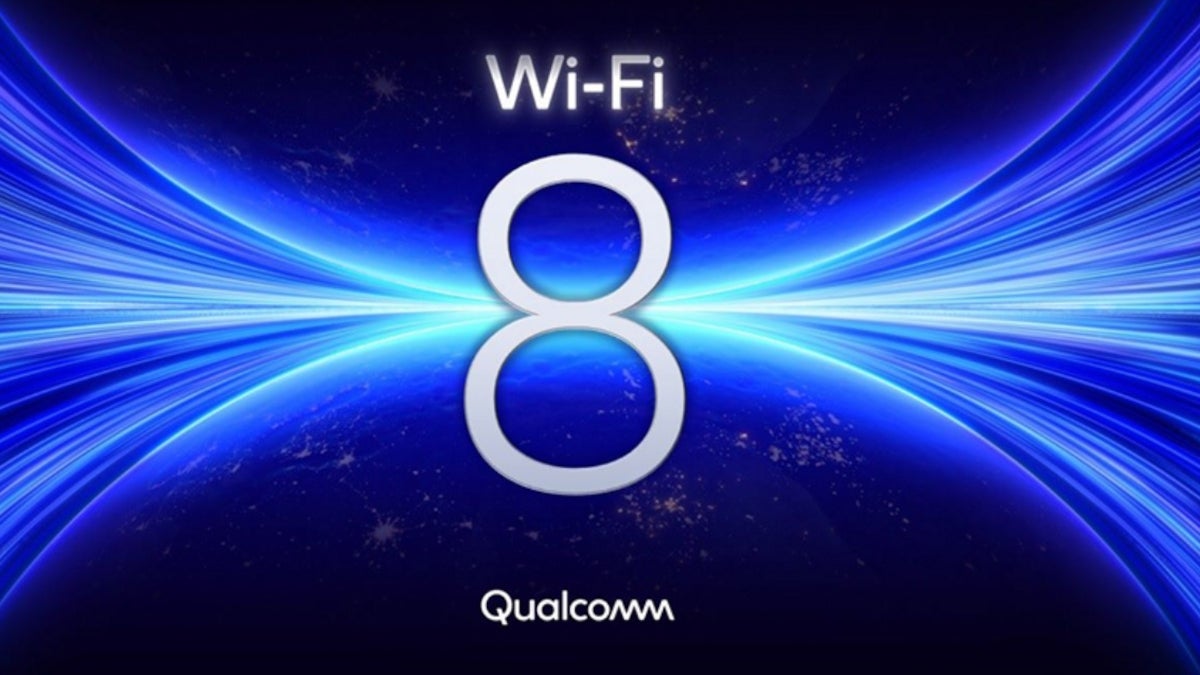Qualcomm has revealed that the focus of Wi-Fi 8, the successor to Wi-Fi 7, will not be on boosting speed, but rather on enhancing reliability in real-world environments. 
While speed was the major selling point for previous generations, Wi-Fi 8 aims to prioritize performance in challenging conditions, such as high-density areas with interference or fluctuating signal strength.
One of the standout features of Wi-Fi 8 is ‘Seamless Roaming.’ This function ensures that users experience a ‘once connected, always connected’ approach. As users move around, their devices can maintain a continuous, low-latency connection without suffering from interruptions or packet loss during handoffs between access points (APs).
Wi-Fi 8 also brings the concept of ‘reliable coverage at the edge.’ Whether you’re far from the router or in a signal-degraded zone, Wi-Fi 8 can maintain a stable connection using physical layer enhancements to compensate for weaker signals and interference.
Another important feature is multi-Access Point (AP) coordination. Unlike previous versions, Wi-Fi 8 enables APs to work in concert rather than independently. This coordination helps prevent devices from connecting to distant APs with weak signals, ensuring more consistent performance throughout high-density environments like corporate campuses, apartments, and public spaces.
In addition, Wi-Fi 8 addresses the coexistence of multiple radios (Wi-Fi, Bluetooth, UWB) within devices. With the rise of devices that use multiple wireless technologies, Wi-Fi 8 ensures smoother operation by preventing interference when these radios share antennas or spectrum.
Wi-Fi 8 also introduces energy-efficient features that ensure connectivity remains stable without sacrificing responsiveness. While speed is often the focus in technology upgrades, Qualcomm emphasizes that Wi-Fi 8’s real value lies in its improved reliability, not speed.
Expected to roll out in 2028, Wi-Fi 8 will support devices such as smart glasses, wearables, and health monitors, all of which require seamless, low-latency wireless performance. Moreover, it will be crucial for AI-driven systems that rely on reliable, real-time connectivity to access cloud-based or edge AI services.